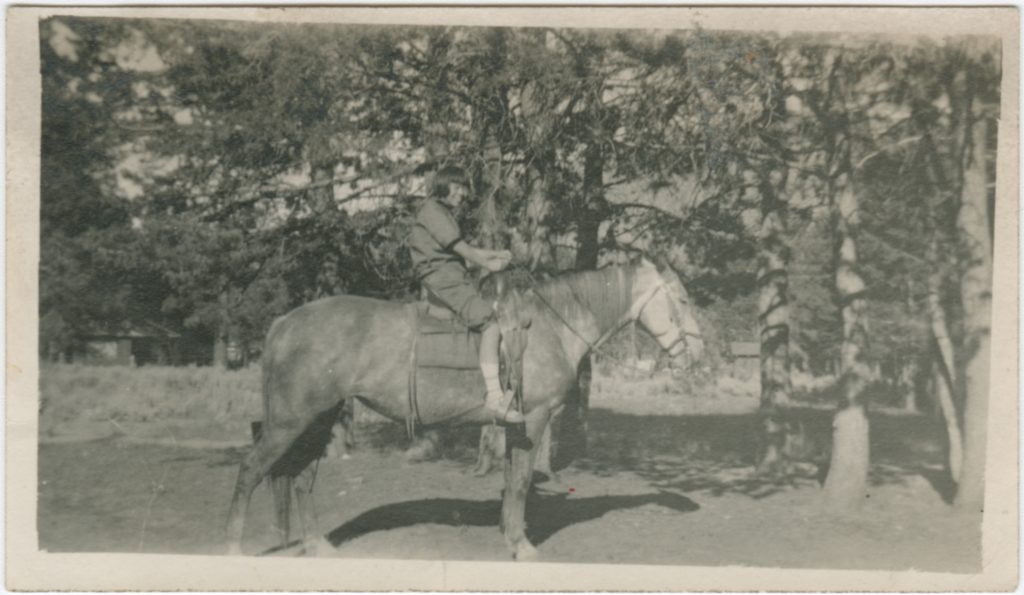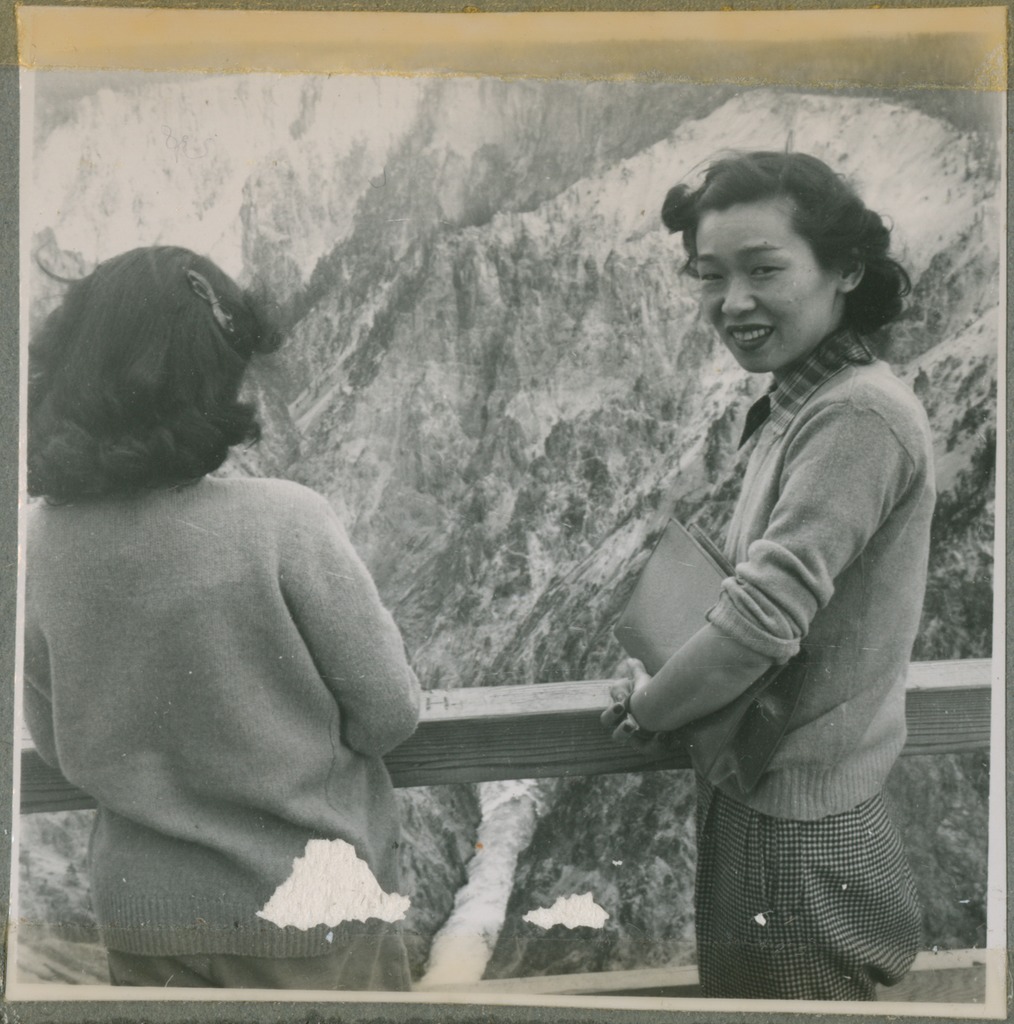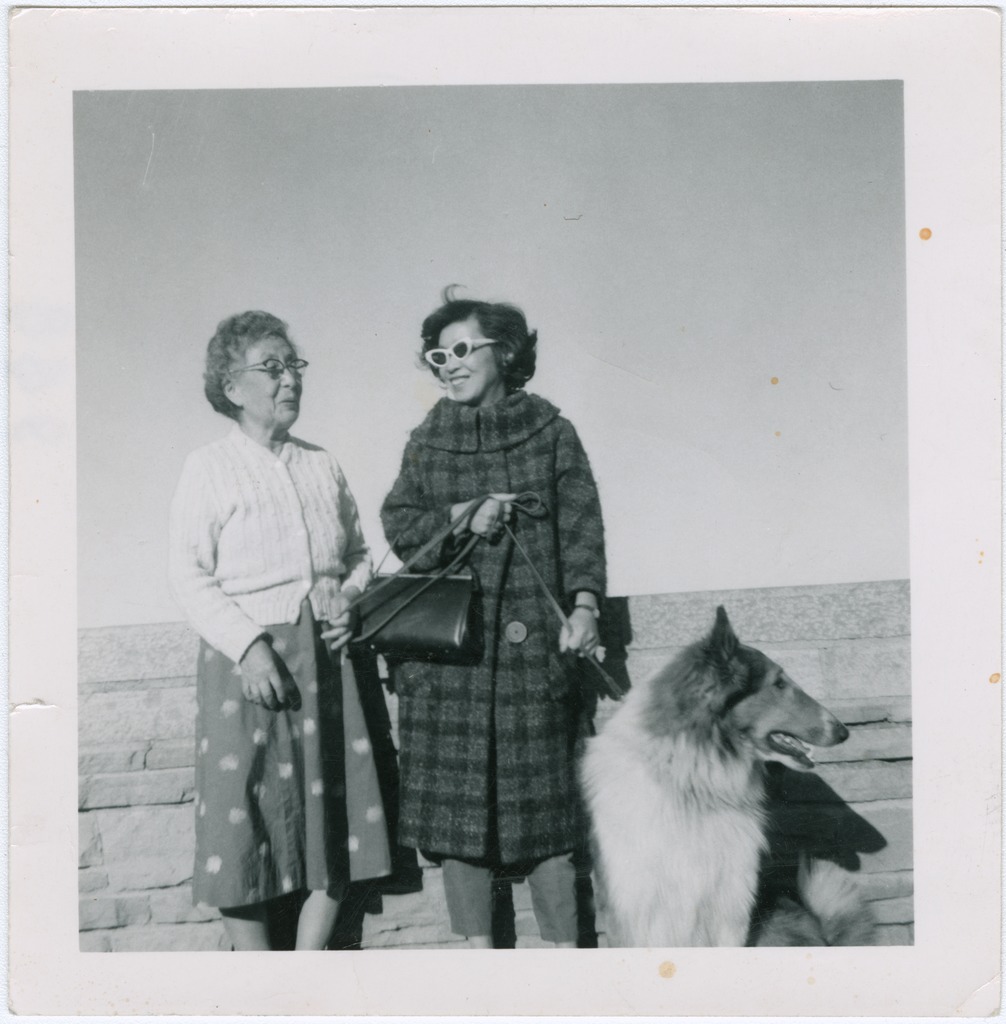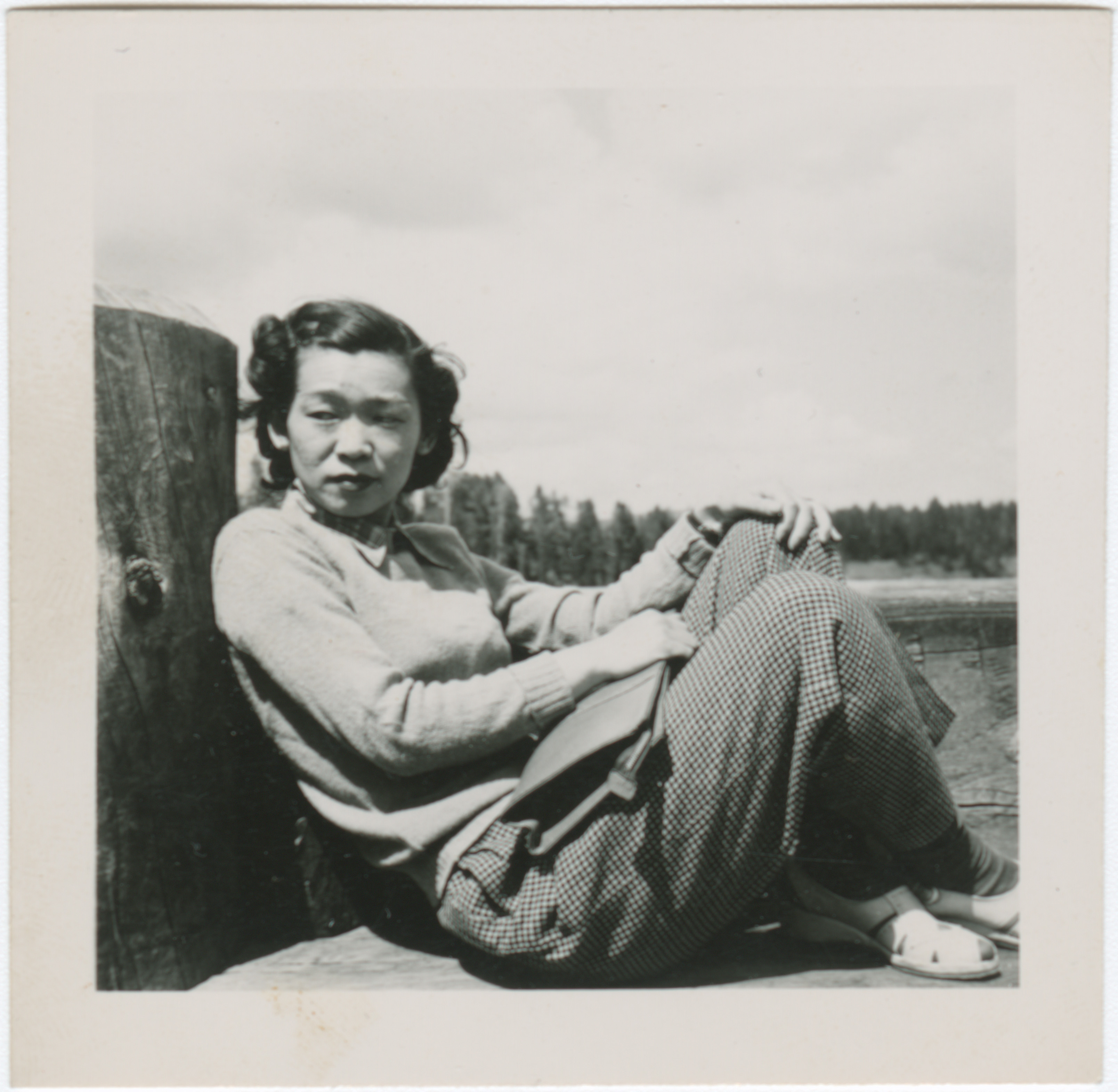March 23, 2018
This sampling of photographs, letters, and articles from our new collection offers a glimpse into her remarkable life.
Guyo Tajiri was born Tsuguyo Marion Okagaki in 1915 in San Jose, California. Her father, Kichitaro Okagaki, ran a newspaper there and Guyo grew up immersed in the world of journalism.

In 1932, Guyo became one of the first Asian American women accepted to the prestigious School of Journalism at the University of Missouri. She later continued her education at San Jose State University and UC Berkeley.
When Guyo returned to the Bay Area, she met and married fellow journalist Larry Tajiri. The pair worked for the Nichi Bei until shortly before the war.
After the bombing of Pearl Harbor and with exclusion imminent, Guyo and Larry were asked to run the Pacific Citizen, the newspaper of the Japanese American Citizens League. This meant that they would voluntarily relocate in order to keep the newspaper running while the rest of the Japanese American community on the West Coast was incarcerated. On March 29, 1942, the Tajiris moved to Salt Lake City and began their 10-year stint running the Pacific Citizen. Despite limited resources, they were able to bring the paper to national prominence.



Guyo’s work was an essential part of the Pacific Citizen’s success. Although she was paid only a nominal salary of $25 per month, she was in charge of editing and proofreading the newspaper as well as writing a number of pieces for every edition. Through her regular column, “Ann Nisei,” Guyo gave advice to women regarding beauty, fashion, decor, and the challenges of living in — and leaving — the camps. Her tone was warm, a little pollyannaish, and sometimes stern. In a March 1943 issue of the paper, she counselled incarcerees about leaving the camps and reestablishing themselves in the outside world:
“Very few people go through any period of time — months or years — without some unpleasant incidents happening to them,” she wrote. “So why should yours be a bed of roses? Chances are nothing untoward will happen to you. Then why worry about it?”
Guyo also wrote other — often uncredited — articles in the Pacific Citizen. The most prominent were her dispatches from the trial of Iva Toguri d’Aquino, also known as “Tokyo Rose.” She became convinced of Toguri’s innocence and participated in a push to get her pardoned in the 1970s.

When Guyo and Larry decided to move on from the Pacific Citizen there was an outpouring of thanks from the the community. The breadth of their influence can be seen in the range of letters they received from around the country.

In the 1950s and 1960s Guyo moved away from work in journalism. When Larry died in 1965, Guyo became involved in the Larry Tajiri Memorial Fund, a scholarship given out to individuals or groups who made important contributions to the performing arts in the greater Denver area.

She eventually moved from Colorado back to the Bay Area. There, she went back to school and earned a degree in elementary education with a minor in special needs education.

She taught in the Oakland School District for 12 years, and her teacher evaluations show the care and attention she devoted to her students.

After a long and interesting life, Guyo passed away in 2007. Her collection is now preserved digitally in the Densho Digital Repository and physically in the Ethnic Studies Library at UC Berkeley.
—
By Caitlin Oiye Coon, Densho Digital Archivist
Content and facts pulled from Greg Robinson’s Densho Encyclopedia article on Guyo Tajiri and from the Guyo Tajiri Collection in the Densho Digital Repository.
[Header photo: Guyo Tajiro sitting on a dock, c.1940s-1950s. Courtesy of the Tajiri Estate, Densho.]

